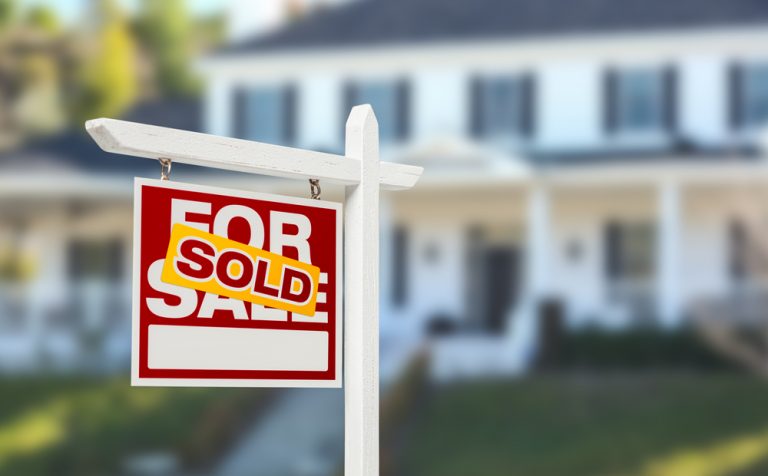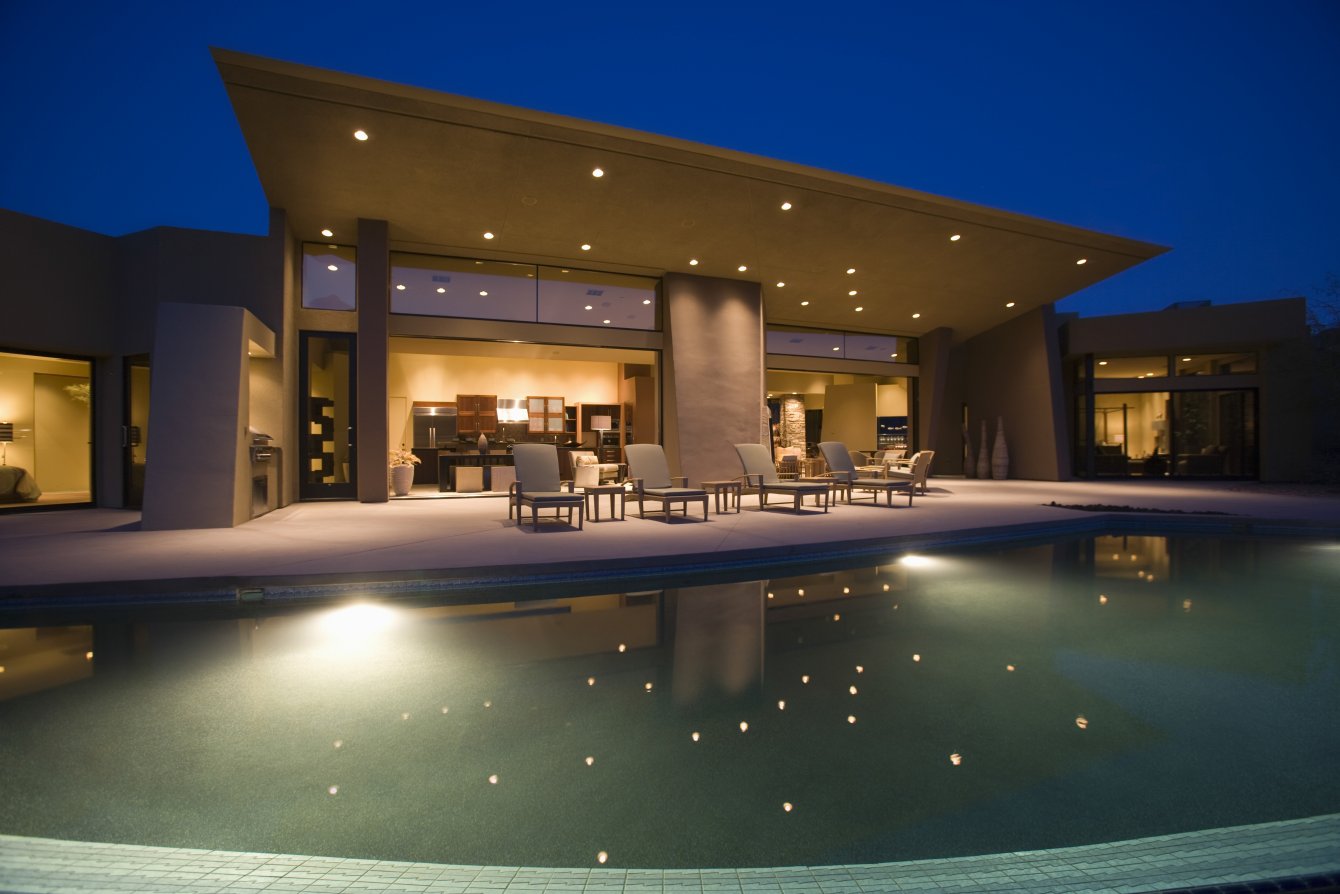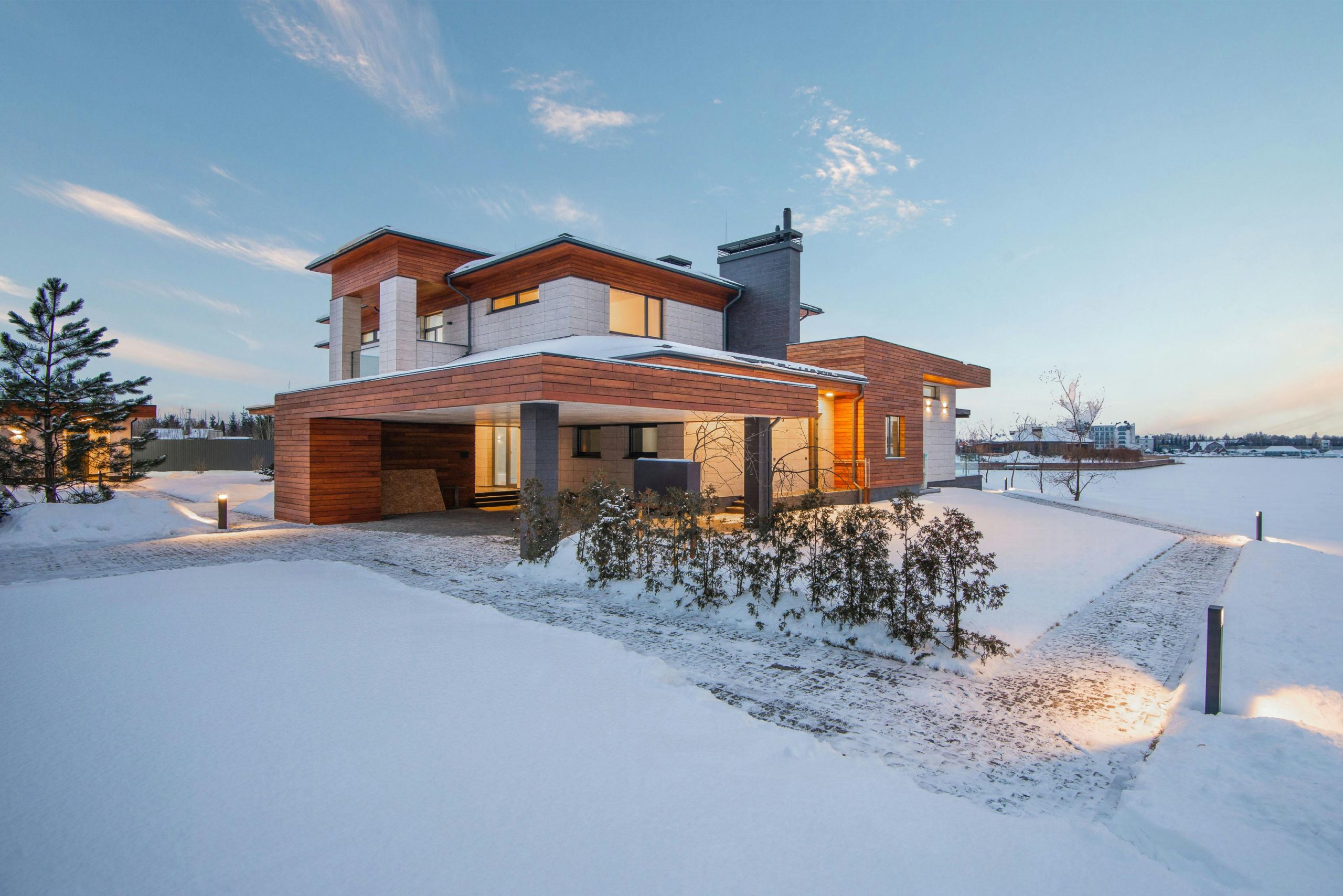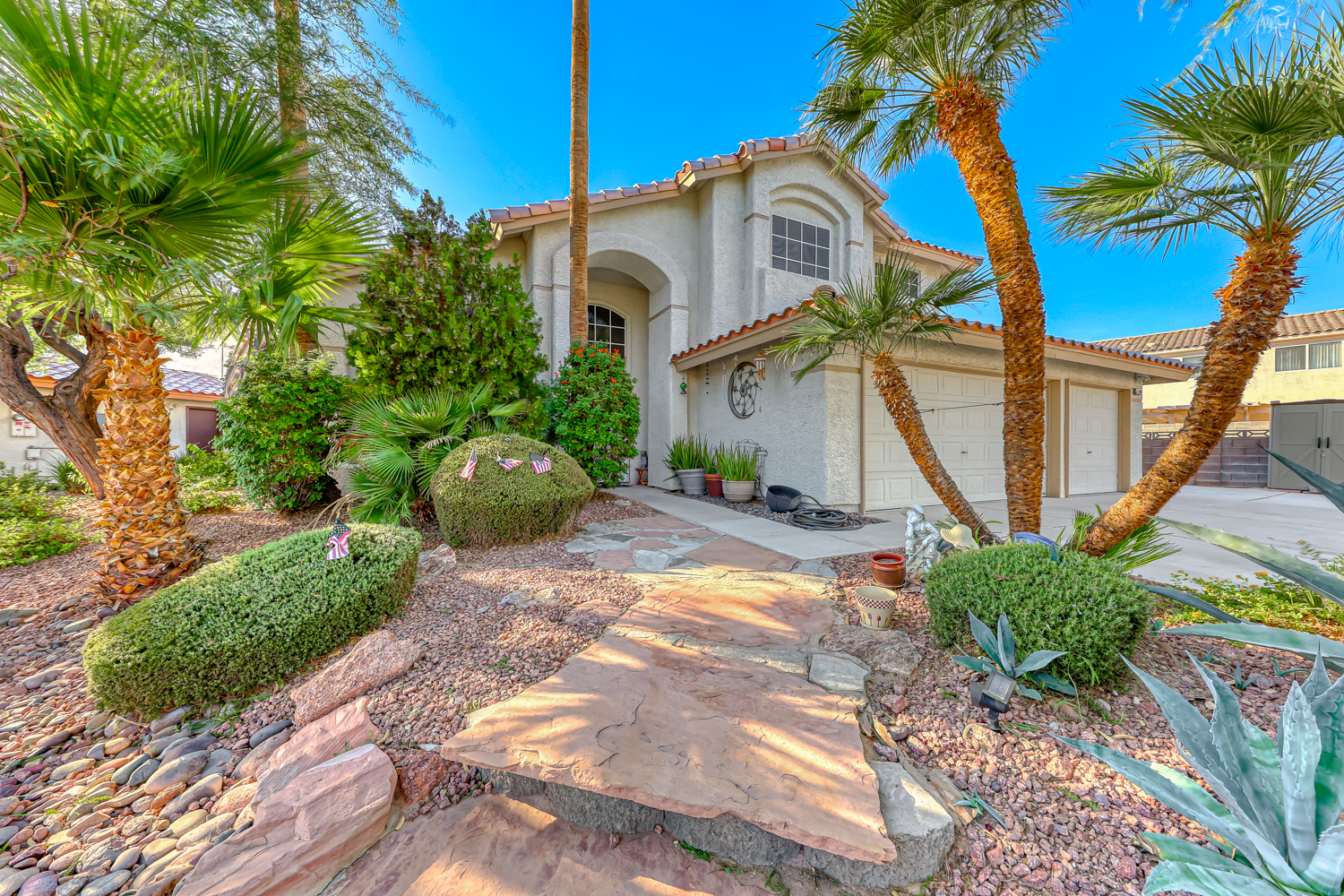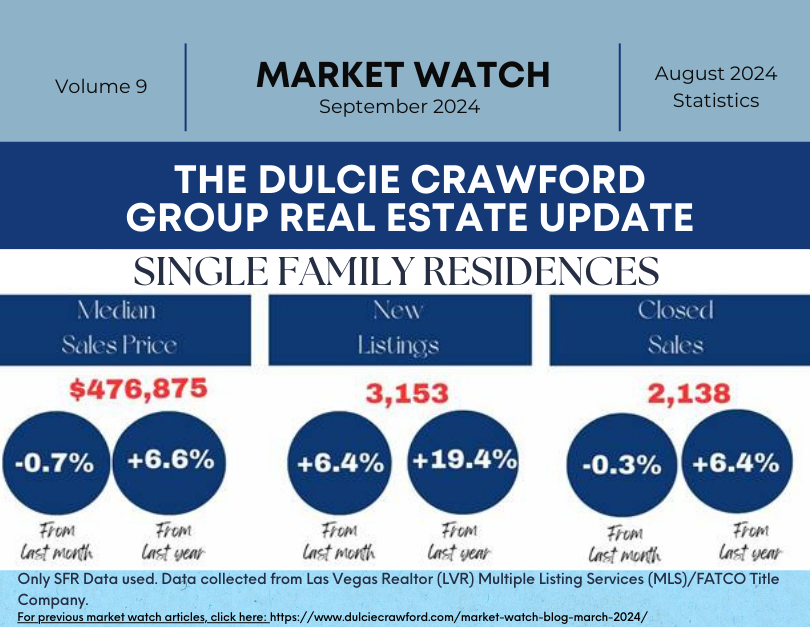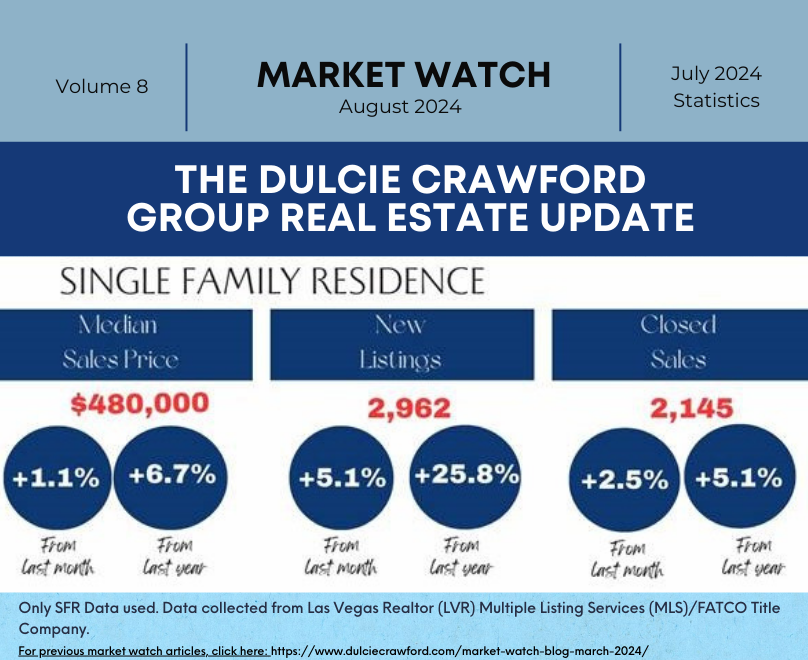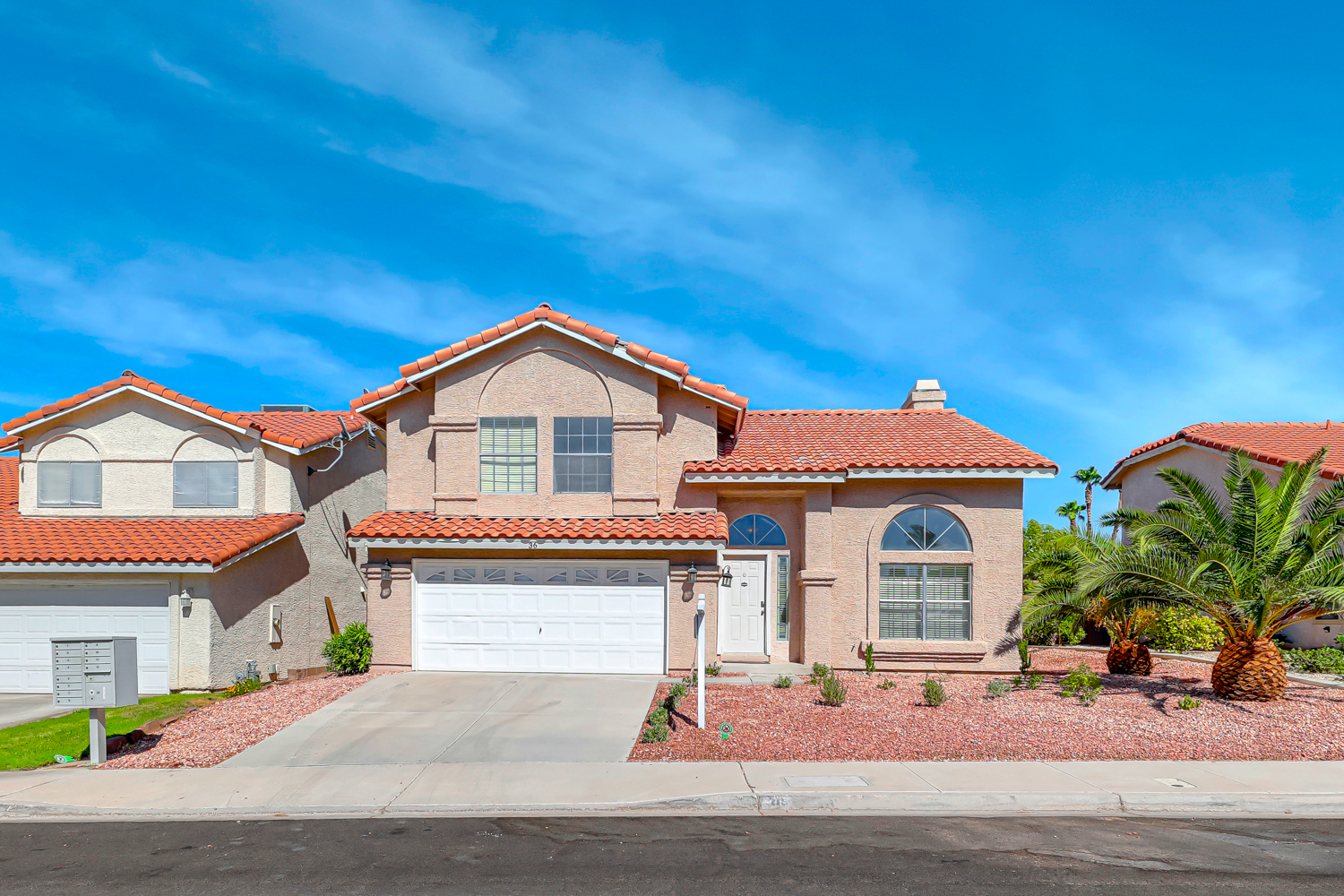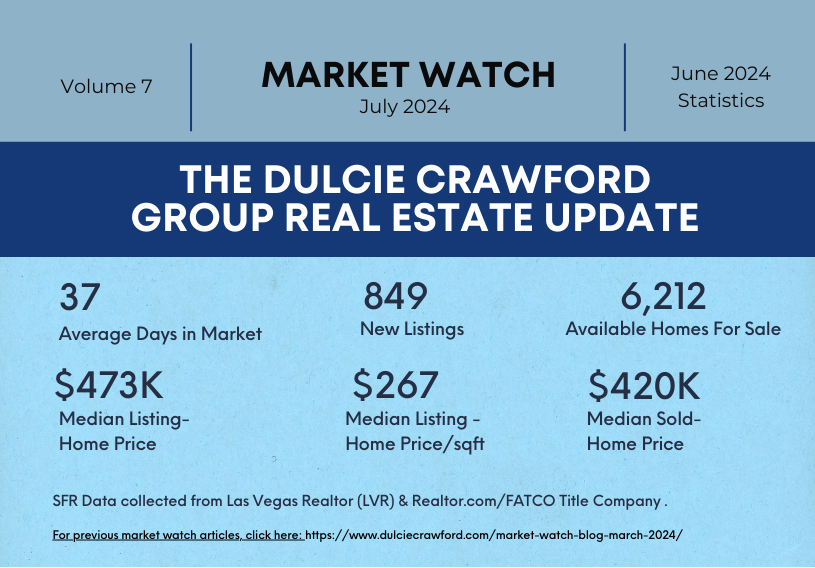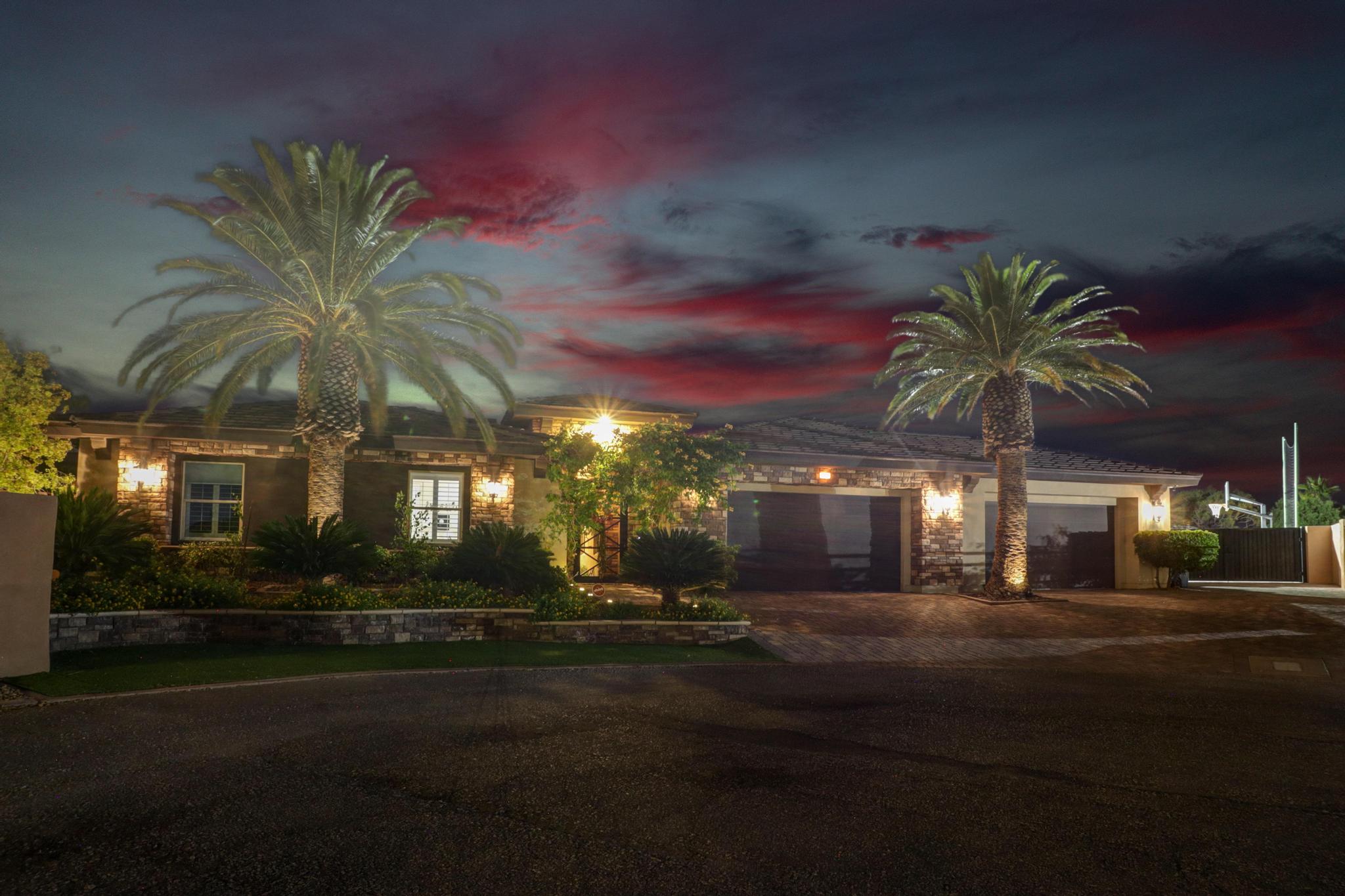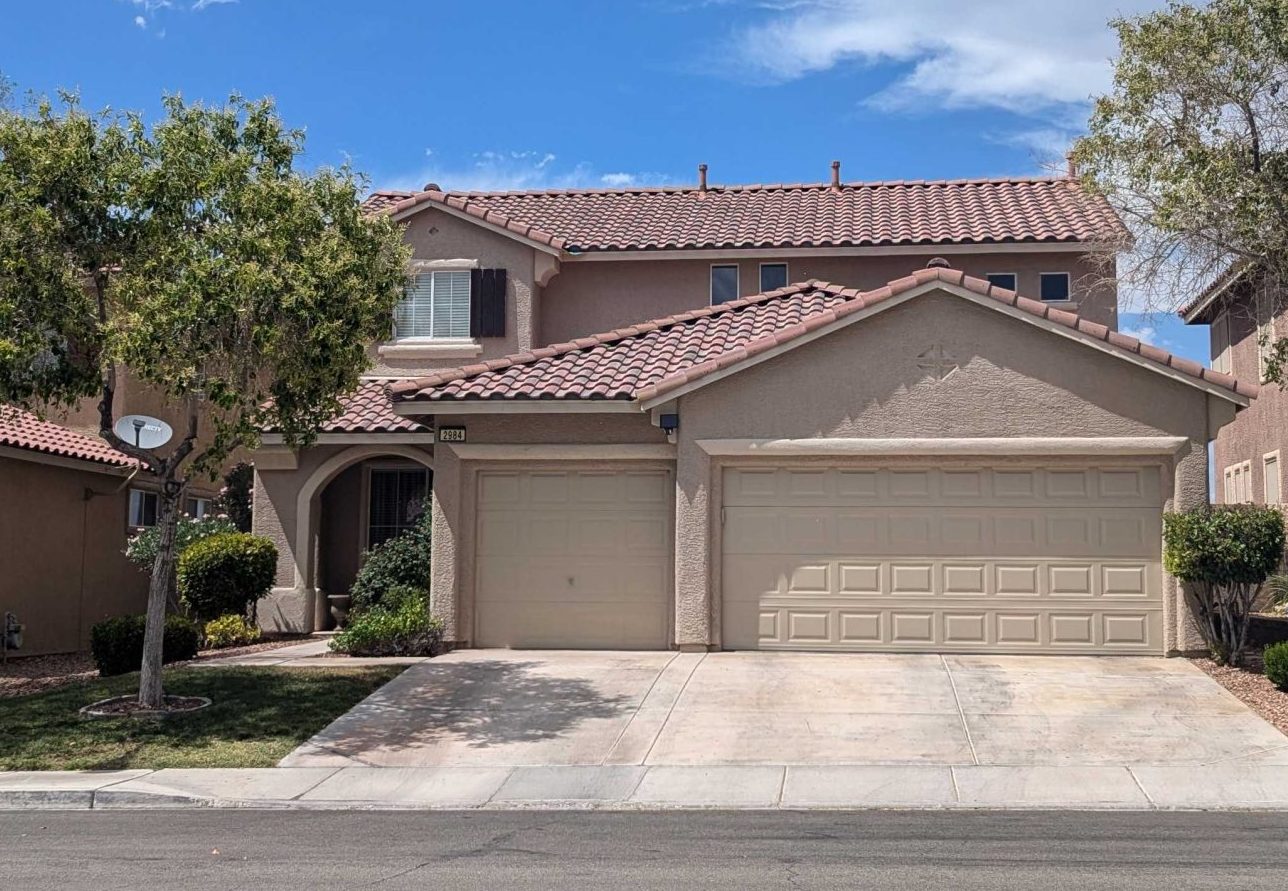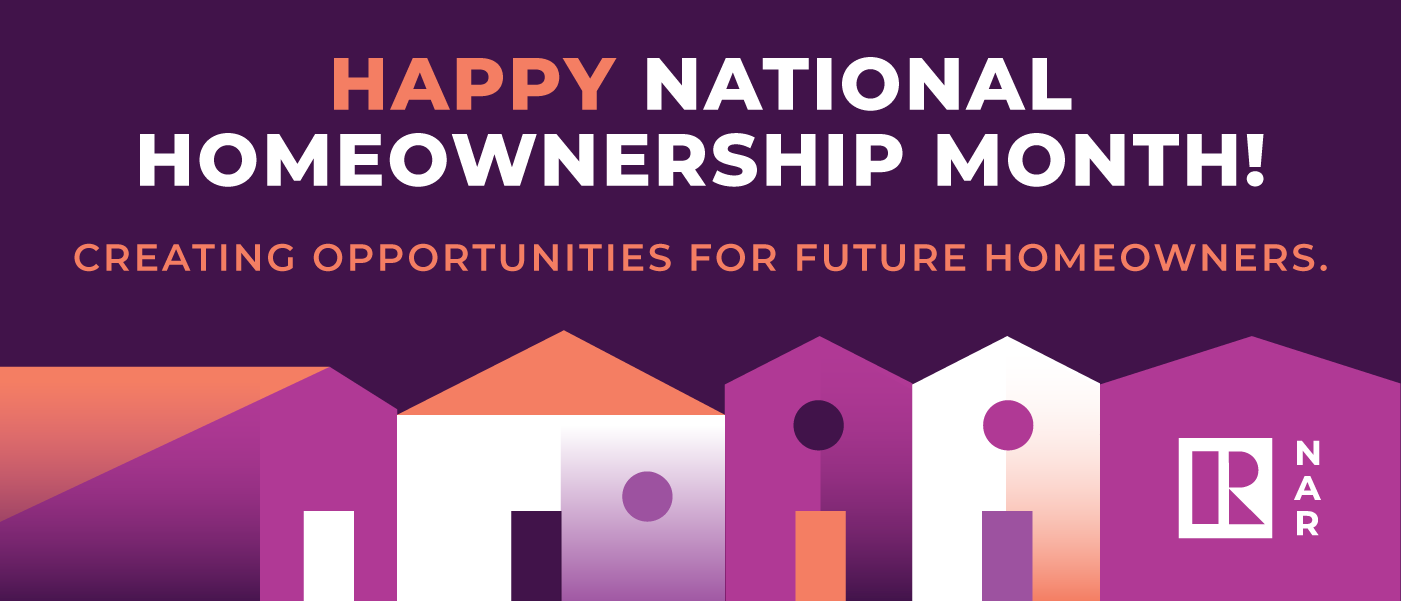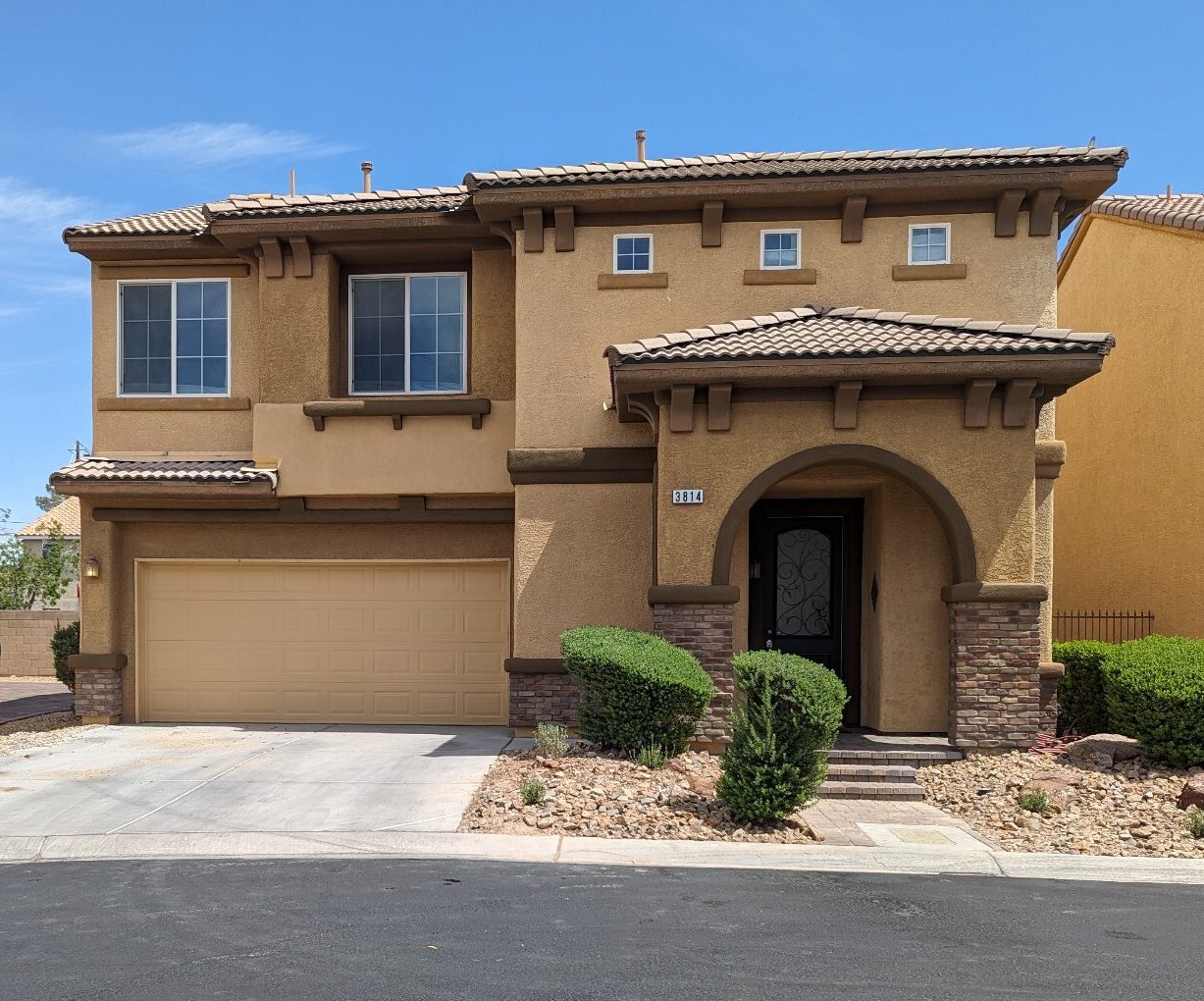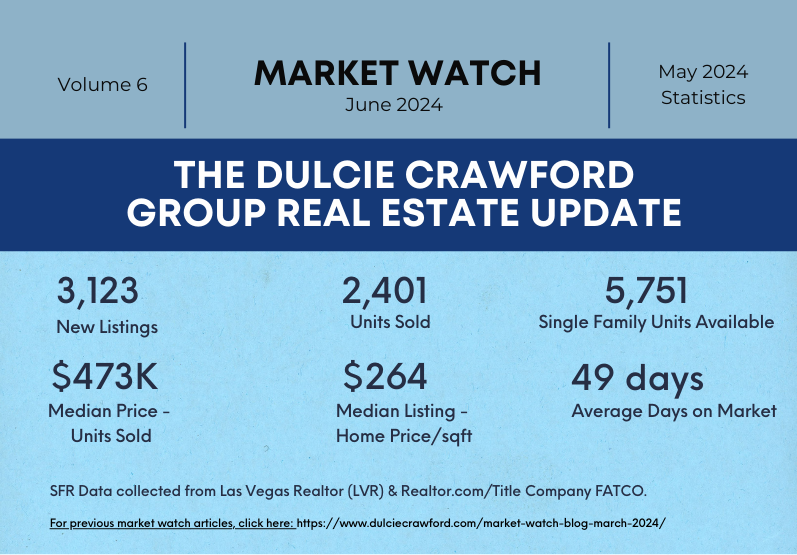Before the age of computers, home automation meant heating and cooling systems turn on/off automatically, based on temperature sensors, washing machines and dishwashers doing the cleaning for us, and motion activated lights and lights on timers help keep us and our homes safe.
Now with the help of the internet you can experience digital home automation with device specific apps you run from your smart phone, for things like locking your front door or watering your lawn. Some will take a bigger step by investing in a home automation system that connects multiple devices together to make them easier to operate, and enable more automation. These systems offer an integrated dashboard but they’re more complicated to install, and of course more expensive.
The perfect time to install a home automation system is when you’re building a new home or putting on a major addition. If you want to add some automation to your existing home, you’ll want to focus on the problem you’re trying to solve, and include products with automation features in your selection process. Think through how automation will simplify your life and/or save you money with lower utility bills for energy or water, and look for those features in the products you’re buying.
So where can you expect to find new home automation features?
- Heating and air conditioning – saves you money when you use one of today’s smart thermostats, or several if you have multiple zones.
- Home security – enables you or a company to monitor your home 24/7. These systems can also lock (or open) exterior doors and windows from your smart phone.
- Home safety – begins with smoke and carbon monoxide alarms. You can also monitor water leaks, well pumps, swimming pools, personal medical alarm systems and more, with alerts sent to your smart phone.
- Lighting and shading – helps save money by opening and closing window shades and draperies automatically, as well as the ages old trick of turning on inside lights to pretend someone is home.
- Kitchen appliances – have new features to help with shopping and cooking, like refrigerators with automation. They can keep track of what’s in the refrigerator, give you a shopping list and tell you how many minutes to cook frozen veggies.
- Home offices, entertainment and family communications – are overflowing in most homes, so you’re probably ready to integrate their controls. More sophisticated systems will let you store music centrally and play it anywhere.
- Miscellaneous products – include water saving systems for houseplants and your yard, pet feeding and it won’t be too long before we start using domestic robots like the Roomba, to take over chores we don’t like doing.
Home automation, for decades the province of wealthy consumers purchasing custom systems for $10,000 to $100,000 and more, is now finding its way into middle America. Buyers should manage expectations, though. The entry-level systems don’t replace or closely resemble a custom luxury-home installation. But with Apple, Google, Microsoft and hundreds of their partners and competitors developing new technologies every day there’s no telling when we could see these systems become an everyday household need…much like our beloved smartphones.
http://www.crestron.com/markets/home_theater_and_whole_house_home_automation
http://www.homesecurity.honeywell.com/home_automation.html
http://www.trane.com/residential/en/products/nexia-home-automation.html

